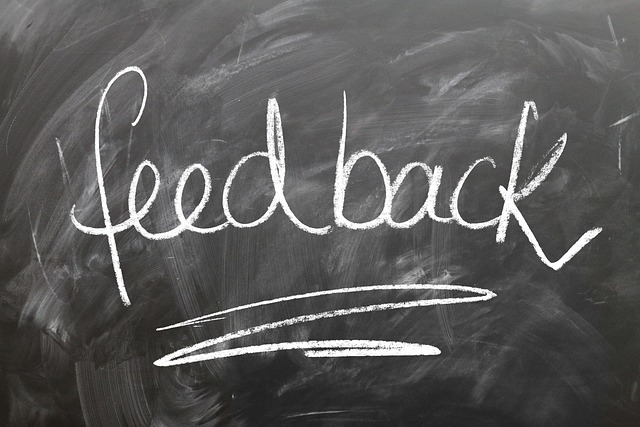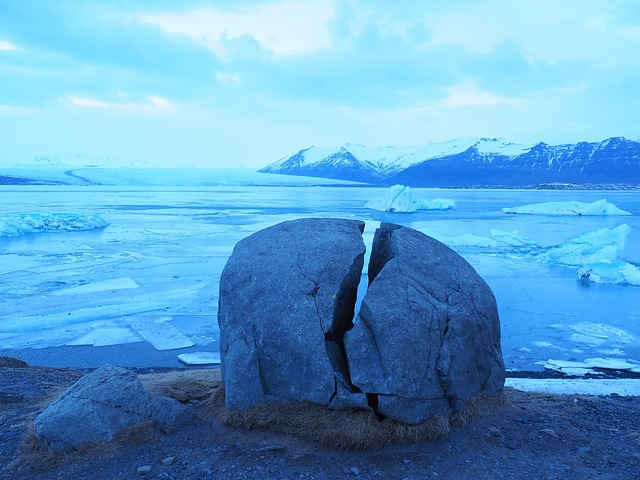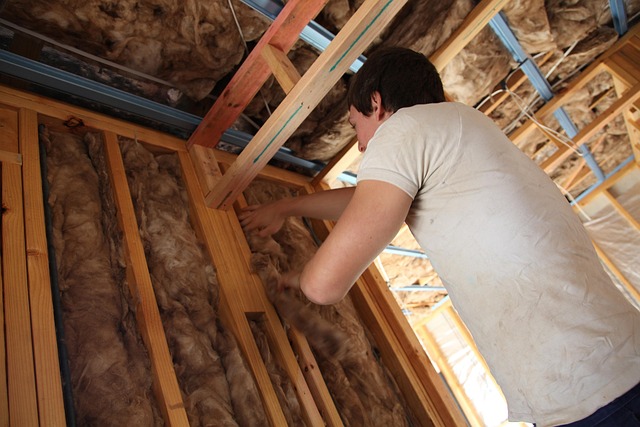In a world where the effects of climate change are becoming increasingly evident, effective communication has become a crucial tool in bridging the gap between the stark realities of our environment and the actions we must take to protect it. Every day, we witness the melting glaciers, the rising sea levels, and the devastating wildfires that remind us of the fragility of our planet. Yet, amidst these alarming signs, there often lies a breakdown in communication—between policymakers, scientists, activists, and the general public.
Understanding the dire state of our environment requires more than just statistics and reports; it calls for a narrative that resonates with the emotionally charged realities of climate change. This is where effective communication becomes pivotal. When we discuss the melting ice caps, we must evoke the images of polar bears struggling for survival, of coastal communities facing displacement, and of agricultural areas suffering from drought. By humanizing these issues, we can foster a deeper connection between individuals and the climate crises we face.
Moreover, communication is vital in combating misinformation that often clouds public perception on climate change. Often, we find ourselves tangled in debates that lack factual grounding, spurred on by climate denial. The challenge lies in finding accessible ways to present scientific data, ensuring that it is not just the domain of specialists but shared in plain language that everyone can grasp. The urgency of the moment demands that we translate complex information into relatable concepts, inspiring individuals to recognize their role in the environmental narrative.
Furthermore, the melting of our planet’s ice plays a critical role in global communication. As these massive ice sheets collapse, they do not just signify environmental loss; they symbolize the interconnectedness of our world. Climatic shifts in one part of the globe can have far-reaching effects on another. Therefore, fostering international dialogue becomes essential in addressing climate change. Countries must communicate transparently about their policies, successes, and failures, fostering cooperative efforts to combat this global challenge.
While the enormity of climate change might feel overwhelming at times, remember that communication is a powerful tool in cultivating awareness and mobilizing action. By engaging communities through storytelling, social media, and public forums, we can inspire collective action. We can encourage individuals and organizations to share their experiences and solutions, creating a melting pot of ideas that collectively contribute toward a sustainable future.
As we navigate this complex terrain, let us reflect on our communication strategies and ensure they are inclusive, relatable, and effective. Through empathy and understanding, we can pave the way for a more engaged society, where everyone feels empowered to take action. The melting icebergs may be a stark reminder of our vulnerabilities, but they also challenge us to rise, communicate, and act decisively for the sake of our planet. Together, we can bridge the gaps and begin to heal our environment, one conversation at a time.



